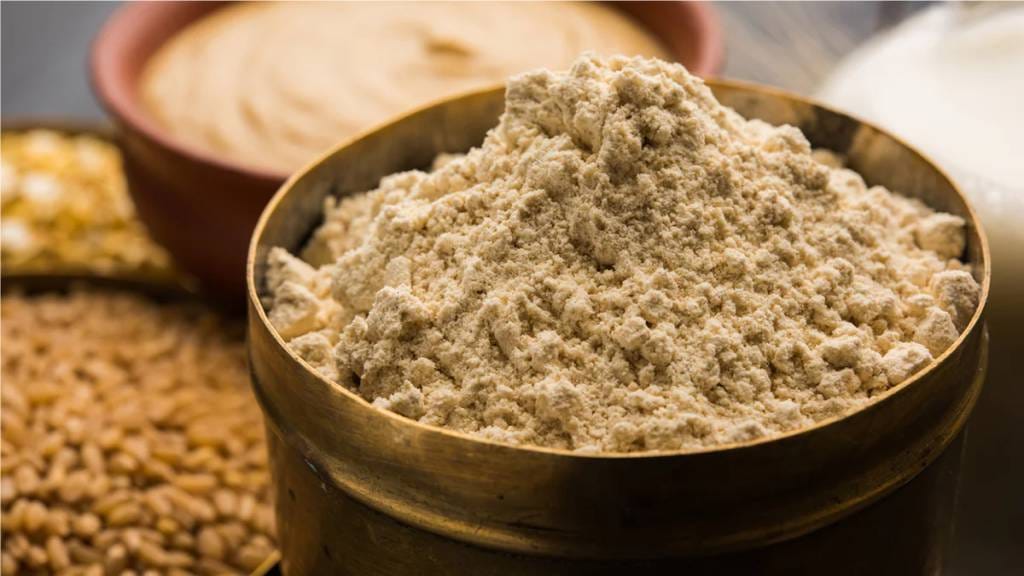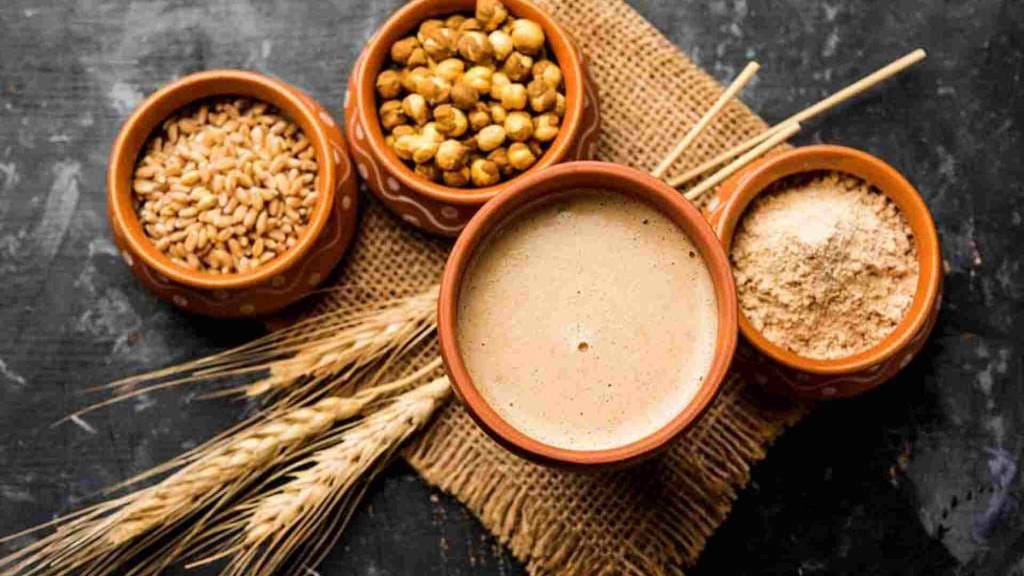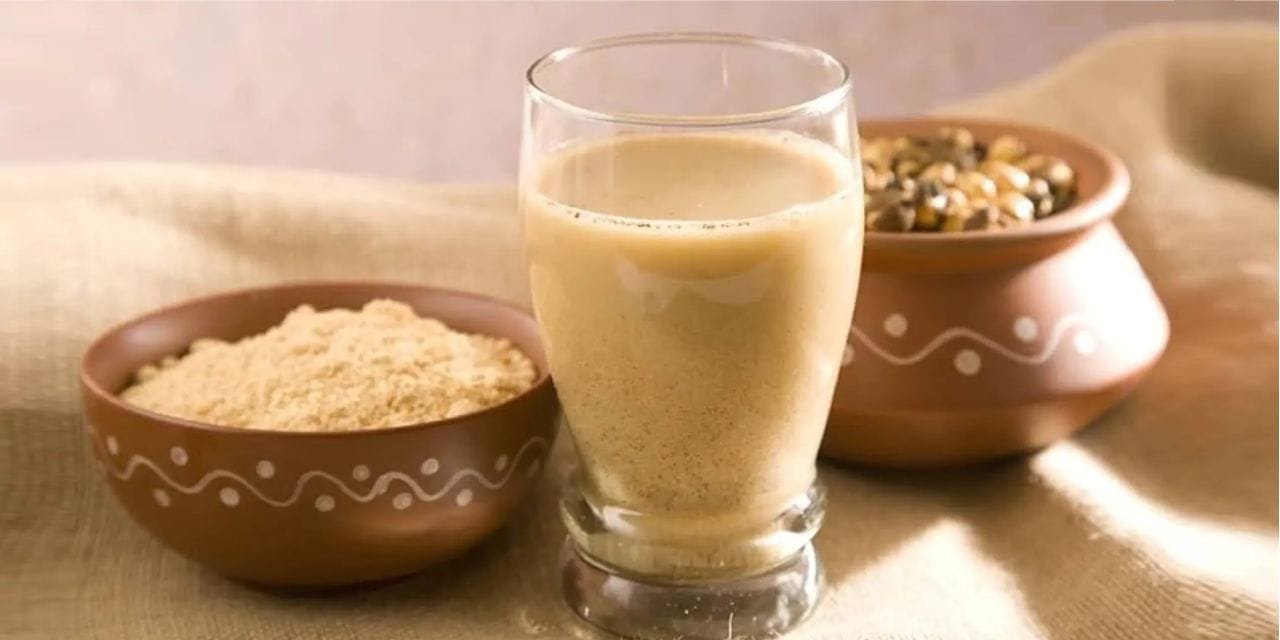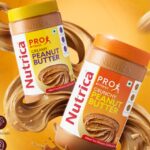Discover how Sattu, a traditional Indian superfood made from chickpea protein, is revolutionizing the plant-based protein market. Ideal for gluten-free snacks, diabetic-friendly foods, and functional beverages. Dheeraj Kumar* and Harsh B. Jadhav* explore the rising potential of sattu as a sustainable, protein-rich alternative to dairy-based supplements.
The Global Shift to Plant-Based Protein and the Rise of Sattu
The shift towards plant protein from animal protein has made food scientists search for a plant-based, sustainable protein source. Plant-based protein sources are not only cost-effective but also offer health advantages with high consumer acceptability and minimal environmental impact (Singhal et al., 2016). In this regard, pulse/legume protein has emerged as the most economical alternative owing to its high nutritional value and easy availability (Semba et al., 2021).
Nutritional Power of Pulses: A Sustainable Protein Source in the Indian Diet
In India, pulses/legumes have been an integral part of the diet since ancient times due to their rich protein content and numerous health benefits. The health-promoting aspects of pulse/legume consumption include lowering cholesterol, reducing the risks of cardiovascular diseases, certain cancers, and decreasing the likelihood of type-2 diabetes. As a sustainable protein source, pulses also contribute to dietary fibre, vitamins, and essential minerals such as iron, zinc, folate, and magnesium. They exhibit antioxidant and anti-carcinogenic properties because of bioactive compounds like phytochemicals, saponins, and tannins (Singhal et al., 2016).

From Chickpeas to Sattu: Ayurvedic Nutrition Meets Food Innovation
Among all legumes, chickpeas are especially significant in the Indian diet due to their superior bioactive and nutritional profile. As a staple in traditional Indian superfood formulations, chickpea is widely processed into a protein-rich flour known as ‘Sattu’. Chickpea, a cool-season legume, is predominantly cultivated in India, which accounts for nearly half of the global production (Semba et al., 2021).
Along with protein, pulses provide dietary fibre, vitamins, and minerals such as iron, zinc, folate, and magnesium. Pulses/legumes also have an antioxidant and anti-carcinogenic effect because of the presence of phytochemicals, saponins and tannins in them (Singhal et al., 2016). Among all other legumes, chickpeas are an essential part of the Indian diet due to their rich bioactive and nutritional profile.
The Science Behind Sattu: High-Protein Flour with Functional Benefits
Chickpea is a cool-season plant grown as a winter crop in the tropics or during the summer in temperate regions. Worldwide the leading producer of chickpeas is India, which accounts for nearly half of the world’s production (Semba et al., 2021). Chickpeas are widely consumed after primary processing like soaking, roasting, and milling. The roasting and milling are commonly adopted to formulate the chickpea powder commonly known as ‘SATTU’ in India. The digestibility of the macro/micronutrients present in the chickpeas increases due to roasting, which also enhances the colour and aroma of the powdered sattu. The heat transfer mechanism and the time-temperature profile largely affect the colour and aroma of the final product (Jogihalli et al., 2017).

Sattu becoming popular among the young population
The Sattu has been consumed as a traditional food in rural India for ages. However, due to its higher health-beneficial characteristics, it is becoming popular among the young population in Urban India. The description of Sattu is available in many classical texts of Ayurveda, which also describes sattu as a medicine to prevent many human diseases (Singh et al., 2023). Sattu can be made by roasting and grinding Chickpeas, or it can be made by using a mixture of one or more legumes. However, Ideally, roasted and ground chickpeas are commonly consumed as a sattu.
Looking at the growing demand among the young population for protein-rich food, sattu has the potential to emerge as an alternative to dairy-based protein powders. The Food processing industries should come forward and work in the direction of formulating shelf-stable and nutritious processed foods using sattu. Since Sattu is in the powdered form, it can easily be converted into products like cookies, biscuits, energy drinks, functional beverages etc.
Preparation of Sattu: The Ancient Superfood
The preparation of Sattu is very simple, though important. The legumes are first soaked in water before roasting. The soaking helps in puffing of seeds easily. The salt or sand is preheated in an open pan made out of cast iron. The moist chickpeas are mixed with the heated sand/salt and are roasted. The heat from the sand propagates inside the chickpea and helps in the removal of moisture. The moisture present in the seeds gets converted into superheated vapours after coming into contact with the high temperature of the roasting medium, which in turn exerts high pressure inside the seeds, leading to the formation of voids and causing the puffing of the seeds.
The development of pressure and puffing in seeds is highly affected by the moisture content of the seeds (Kaur & Prasad, 2023). The continuous heat transfer from the sand to the chickpea helps in removing moisture without any loss of nutrients. The heat transfer mechanism and the rate of heat transfer play an important role in defining the quality of the final product. The roasted gram, along with the husk, is then ground to fine powder known as a sattu. The roasting method is essential in developing the colour, flavour, aroma and palatability of the product. At the Industrial level, batch-type operations are performed in which sand roasters are used to roast the chickpeas.
Health Benefits of Sattu: Functional Food for the Modern Consumer
- It helps boost the body’s metabolism and improves digestive health.
- It has zero cholesterol, and hence, it is beneficial for the formulation of food products for patients with cardiovascular issues.
- Sattu is ideal food for diabetic patients and can be used for formulating processed food products for diabetic patients due to its low glycemic index.
- Sattu helps in the maintenance of body fluid during hot summer; hence, it is commonly used as a refreshing drink to prevent sunstroke.
- The presence of magnesium and potassium in sattu stimulates appetite when consumed on an empty stomach.
- Sattu is also a detoxifying agent which helps in removing toxic components from the body.
- Sattu is a rich source of protein (25g/100g). The high iron content present is sattu also helps in treating skin problems and hair loss.
Sattu in the Modern Market: Protein-Rich Foods and Functional Beverages
The food processing industries should work closely with academia to develop products from sattu. At present, Sattu-based products are a part of the cuisine coming from northern states of India; the popular litthi chokha, which is an identity of the Bihar state of India, is made using sattu. Apart from this, sattu is used in making food products like sattu puri, sattu laddoo, sattu barfi, sattu halwa, sattu drinks, etc.
The higher nutritional profile of sattu, most particularly the protein content and the amino acid profile, makes it an ideal ingredient that can possibly be used in the formulation of processed food products like cookies, biscuits, laddoos, refreshing drinks, and functional beverages. The increasing popularity of sattu among Indian youths provides a huge market for sattu-based products in the years to come. The sattu made from chickpeas or from multiple legumes mixed together can be used to mutually supplement the amino acid profile of the final sattu, which can then be used to formulate healthy food products. A research work reported by Mishra et al., (2018), used chickpeas, pearl millet, and soybean for the formulation of sattu.
Industry-Academia Collaboration for Food Innovation in India
The authors reported that the final product thus developed had high protein content, iron content, and calcium content with a shelf life of 60 days if stored in metal containers and 30 days if stored in LDPE packages in humid and warm conditions. In a recent study reported by Jain et al., (2024), sattu was used for the formulation of sattu biscuits. The gluten-free biscuits prepared using sattu were high in protein content (13.23%) and dietary fibre (5.28%). The sensory examination results reported how the authors showed that the overall acceptability for the sattu-based biscuits was 8.6 on the hedonic scale of 9.
The sattu flour as a replacement for wheat flour resulted in the formulation of biscuits having good physicochemical, textural and sensory attributes. Though the research available in the literature on the use of sattu in food products is limited, however, the available studies prove the potential of sattu to be the future health ingredients for the formulation of processed food products. The food start-ups and the budding food entrepreneurs should come forward and utilize this magic ingredient in formulating food products. As the demand for protein-based food is on the rise, this will help keep the profit margin up for sattu-based processed food products.
FAQs on Sattu a Plant-Based Protein Source
Sattu is a high-protein flour made by roasting and grinding chickpeas or a mix of legumes. The traditional process involves soaking the legumes, roasting them with sand or salt, and milling them into a fine powder.
Sattu is derived from chickpeas and other pulses that are eco-friendly, widely available, and require fewer resources to cultivate, making it a sustainable plant-based protein alternative.
Unlike dairy-based protein powders, Sattu is entirely plant-based, rich in fibre, free from cholesterol, and suitable for lactose-intolerant or vegan individuals. It also offers Ayurvedic health benefits.
Sattu supports digestion, boosts metabolism, helps regulate blood sugar due to its low glycemic index, detoxifies the body, and is rich in iron and protein, promoting skin and hair health.
Sattu can be used in gluten-free snacks, cookies, biscuits, protein bars, energy drinks, and functional beverages. Its powdered form makes it highly versatile for food innovation.
Yes, Sattu’s low glycemic index and zero cholesterol make it ideal for diabetic-friendly snacks and functional food products.
Yes, Sattu made from chickpeas is naturally gluten-free and is an excellent option for individuals with gluten intolerance or celiac disease.
With growing awareness around healthy eating, fitness, and plant-based diets, Indian youth are turning to Sattu for its nutritional value, convenience, and traditional roots.
Food startups have a unique opportunity to innovate with Sattu and cater to the rising demand for high-protein, sustainable, and functional foods in urban and global markets.
Depending on packaging, Sattu-based products can have a shelf life of up to 60 days in metal containers and 30 days in LDPE packaging in humid conditions.
*The first author is a research scholar, while the second author is a faculty member in the Department of Food Technology at the Amity Institute of Biotechnology, Amity University, Jaipur.
References
- Jain, S., Suse, S., & Toppo, S. S. (2024). Development of Sattu Flour Biscuits. Journal of Emerging Technologies and Innovative Research, 11(4), 514–517.
- Jogihalli, P., Singh, L., Kumar, K., & Sharanagat, V. S. (2017). Novel continuous roasting of chickpea (Cicer arietinum): Study on physico-functional, antioxidant and roasting characteristics. Lwt, 86, 456–464. https://doi.org/10.1016/j.lwt.2017.08.029
- Kaur, R., & Prasad, K. (2023). Process optimization for the development of traditionally roasted chickpea flour for meal replacement beverages. Food Chemistry Advances, 3(September), 100452. https://doi.org/10.1016/j.focha.2023.100452
- Mishra, R., Mishra, Y. D., Raghubanshi, B. P. S., & Singh, P. P. (2018). A Comprehensive Analysis of Ready to Eat Snack Food. International Journal of Current Microbiology and Applied Sciences, 7(08), 4125–4130. https://doi.org/10.20546/ijcmas.2018.708.429
- Semba, R. D., Ramsing, R., Rahman, N., Kraemer, K., & Bloem, M. W. (2021). Legumes as a sustainable source of protein in human diets. Global Food Security, 28(June 2020), 100520. https://doi.org/10.1016/j.gfs.2021.100520
- Singh, P., A. Vyas, H., Patil, S., Vasani, D., & Vasava, A. (2023). A Classical Review on the Traditional Nutritional Food of India – Sattu. International Research Journal of Ayurveda & Yoga, 06(02), 36–45. https://doi.org/10.47223/irjay.2023.6207
- Singhal, A., Karaca, A. C., Tyler, R., & Nickerson, M. (2016). Pulse Proteins: From Processing to Structure-Function Relationships. Grain Legumes. https://doi.org/10.5772/64020.
Have a news or topic to share with industry? Write to us editorial@pfionline.com

















